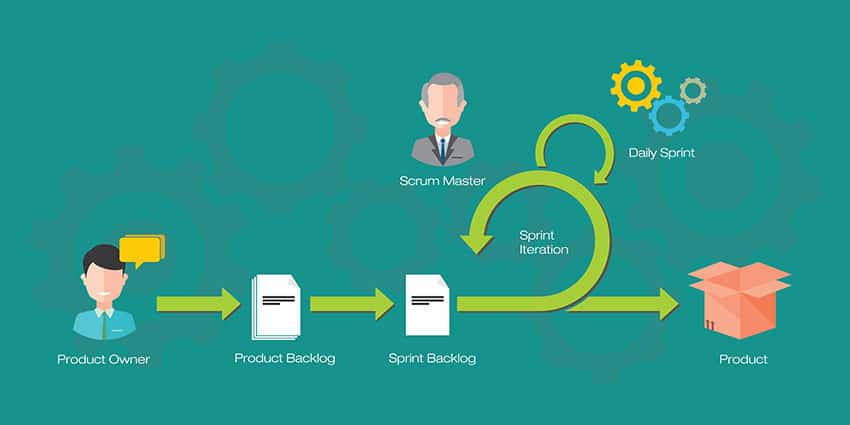Once of the most difficult challenges managers face is delivering constructive criticism (positive or negative) to their employees. Such feedback must be offered delicately and with respect, otherwise leaders risk losing any trust they’ve earned from their team members.
But giving feedback is a necessary part of the feedback loop. Leaders need to offer guidance, support and advice to their team in order to help them learn and grow in their positions. This can also directly lead to improved performance and boosts in productivity on a given task or project.
Because offering criticism is such a delicate dance, we’ve rounded up a few helpful hints on giving feedback to your employees that’ll help managers maintain their employees’ respect while also helping improve performance and productivity.
Be Clear and Illustrative
Obviously managers should aim to keep and communications with employees clear and concise to avoid confusion. And this is especially true when it comes to delivering feedback — particularly tough criticism on someone’s performance.
However, it is possible to avoid any hard feelings. To demonstrate that your feedback is not meant as a personal attack, make sure you have a couple of concrete examples to illustrate your points. If you have issues with their performance, cite specific examples. And better than that, offer advice on how to improve. Help them set goals to help them achieve these milestones.
Put Your Employee in the Driver’s Seat
Once you’ve offered up your feedback, it’s worth getting your employee’s take on the situation. Asking how they might’ve handled a particular situation differently can be an empowering experience for your team member — and keeps you from throwing anyone under the bus.
Putting a particular circumstance on the table for your employee to analyze and offer feedback on puts them in the driver’s seat and opens up difficult situations for discussion. They can give their opinion on hypothetical situations (i.e. dealing with difficult clients, solving critical and time-sensitive issues, etc.) without the fear of negative ramifications from a particular decision.
Monitor and Track Any Improvements
After setting some goals to help better your employee’s performance, make sure you follow up on how they’re doing. Are they taking measurable steps to follow your advice?
If so, it’s wise to offer up positive reinforcement to help cement their baby steps in the right direction. Yes, they may still be struggling, but any step in the right direction is worthy of praise.






